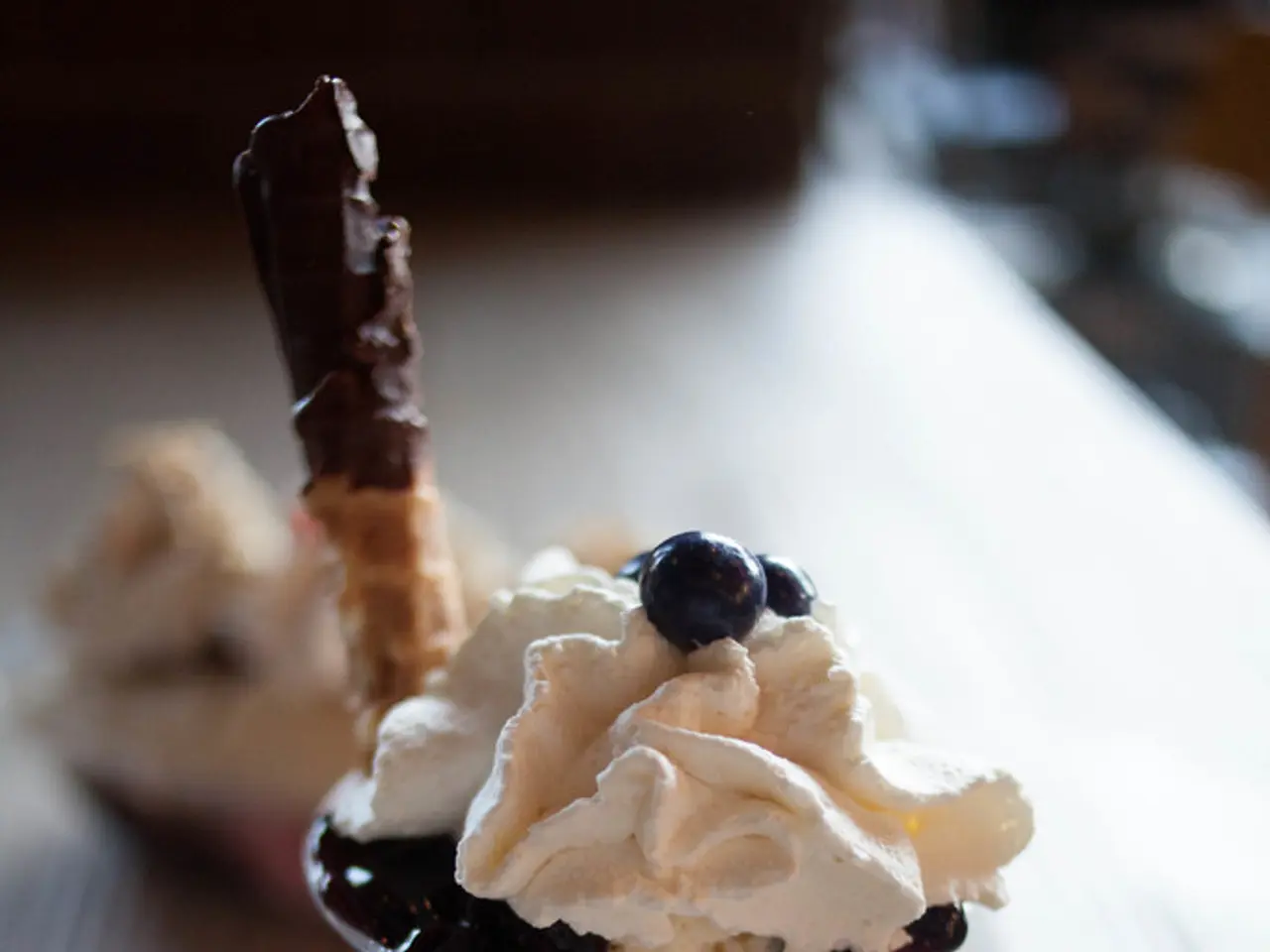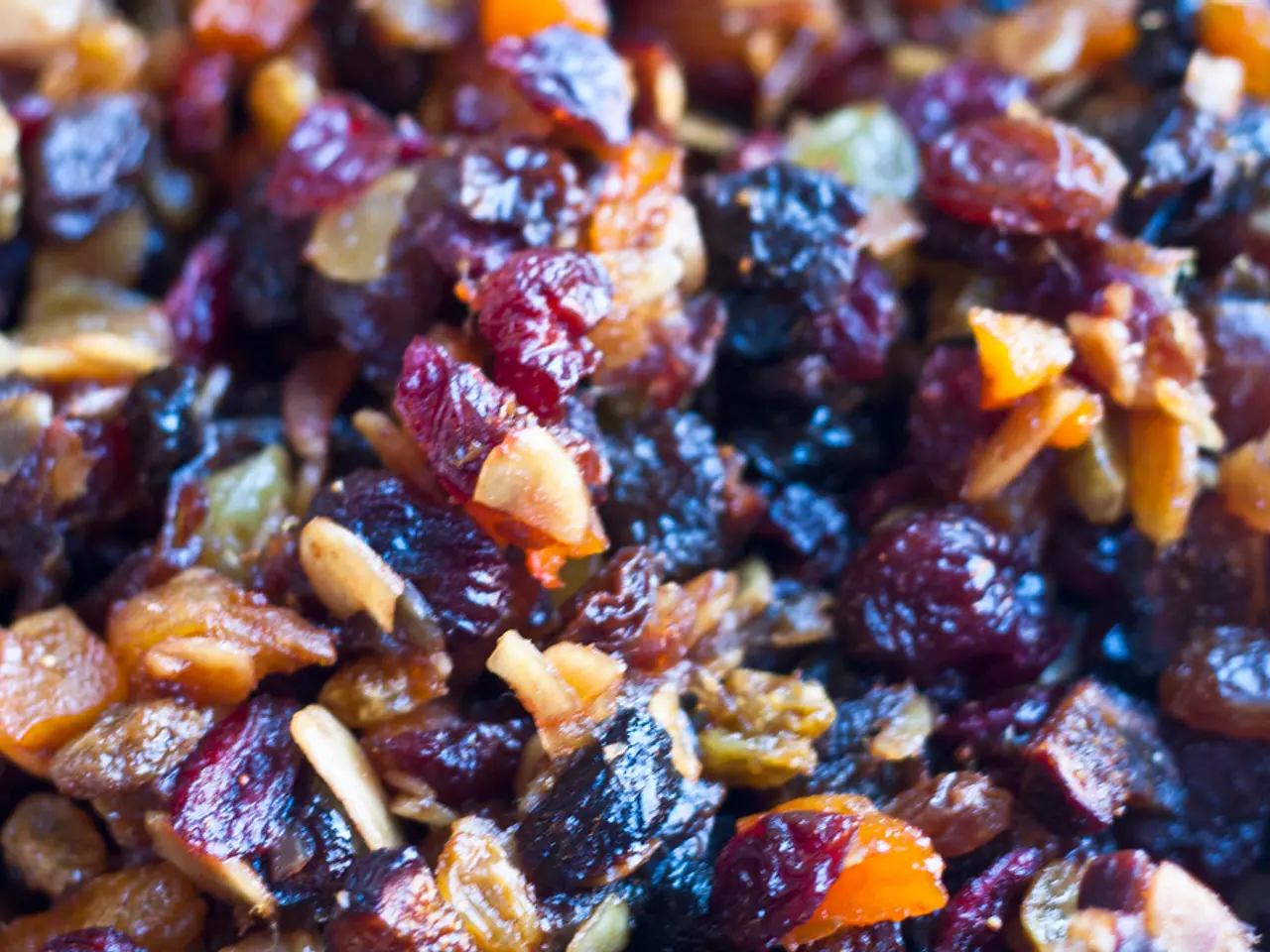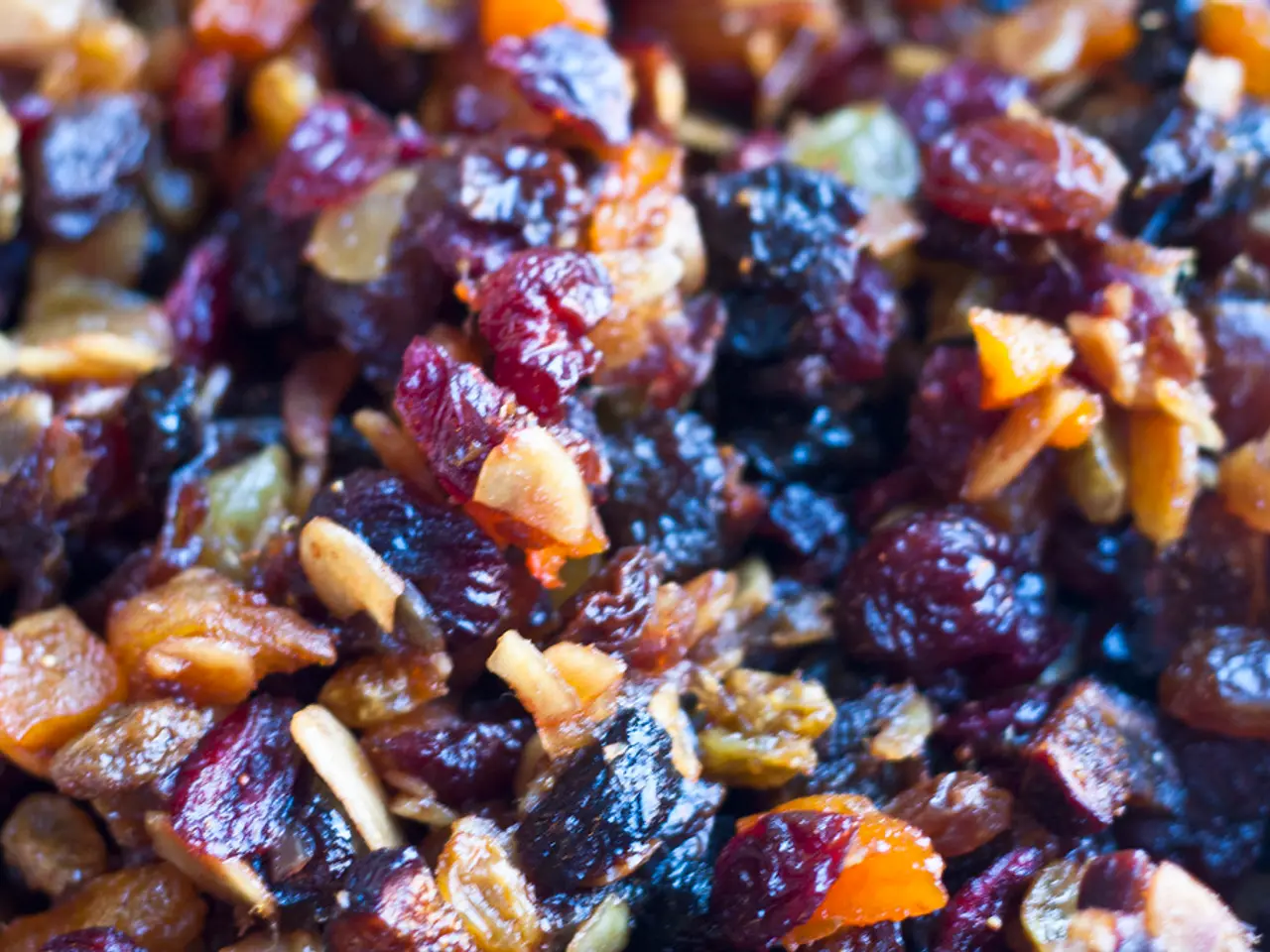Ice slush with additive may lead to symptoms such as headaches and nausea
In a recent development, concerns have arisen regarding the consumption of glycerol-containing slush ice drinks by young children. Glycerol, also known as E422, is a food additive that is found in some slush ice drinks and has a slightly sweet taste. It is also used in medicine to reduce increased intracranial pressure.
The potential health effects of consuming high amounts of glycerol, particularly in children, can lead to a condition known as "glycerol intoxication syndrome," which includes symptoms such as headaches, sickness, nausea, loss of consciousness, and other related symptoms. A serious incident was reported where a 3.5-year-old child was hospitalized after consuming about 1 liter of a glycerol-containing slush ice drink.
Children under the age of 7 are particularly at risk due to their lower body weight and potential sensitivity to high glycerol intake. The UK Food Standards Agency (FSA) currently advises that children younger than 7 should avoid slush ice drinks containing glycerol as a precaution against these adverse effects.
Regulatory bodies, such as the European Food Safety Authority (EFSA), have not defined an explicit maximum limit for glycerol content in drinks. However, the EFSA re-evaluated glycerol as a food additive in 2017 and concluded no specific Acceptable Daily Intake (ADI) was necessary, indicating no safety concern at typical usage levels. The FSA's more recent risk assessment highlights that the tolerated amount of glycerol is related to body weight, and caution is warranted for younger children who may consume larger relative amounts through certain drinks like slushies.
Interim risk management steps and cautious consumption guidelines for children have been recommended by regulatory bodies while industry data collection continues to inform future regulations. The Federal Institute for Risk Assessment (BfR) stated that the likelihood of health impairments from slush ice depends on the concentration in the drink and the amount consumed.
To mitigate these risks, the consumer center advises parents to monitor their children's intake and seek medical advice if symptoms occur. They also suggest offering a homemade version of slush ice to parents who want to be absolutely sure about the absence of glycerin in their child's drink. A homemade slush ice can be made using crushed ice and fruit juice or pureed fruit.
Katharina Holthausen, a public health expert, advises that slush ice for children should be consumed "only occasionally and in small amounts." She also encourages parents to ask at the point of sale if the slush ice drink contains glycerin. It is important to note that glycerin is added to some slush ice drinks to make them smoother.
In conclusion, due to their lower body weight and potential sensitivity to high glycerol intake, young children are at risk when consuming glycerol-containing slush ice drinks. Parents are advised to exercise caution and seek alternatives, such as homemade slush ice, to ensure the safety of their children.
- For the safety of young children, it is crucial to avoid slush ice drinks containing glycerol, given the potential health risks associated with high glycerol intake in children.
- In light of the lower body weight and potential sensitivity of children under 7, it is recommended that they limit their consumption of slush ice drinks and opt for health-and-wellness alternatives like homemade slush ice made from fruit juice or pureed fruit, which would provide necessary nutrition without the risk of glycerol intoxication.




